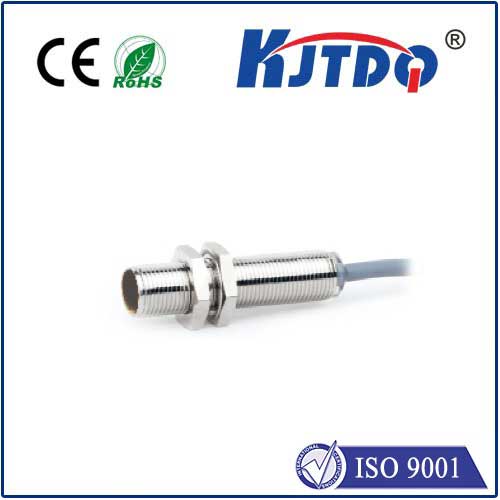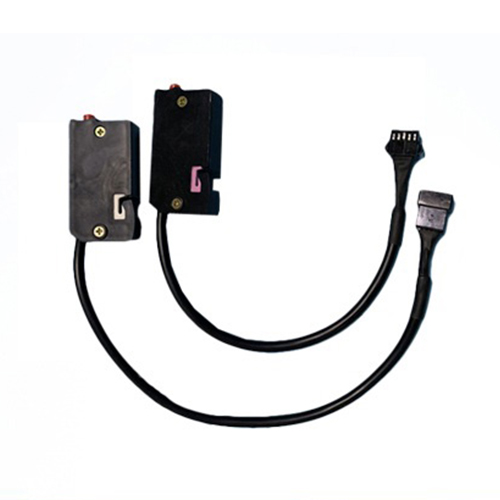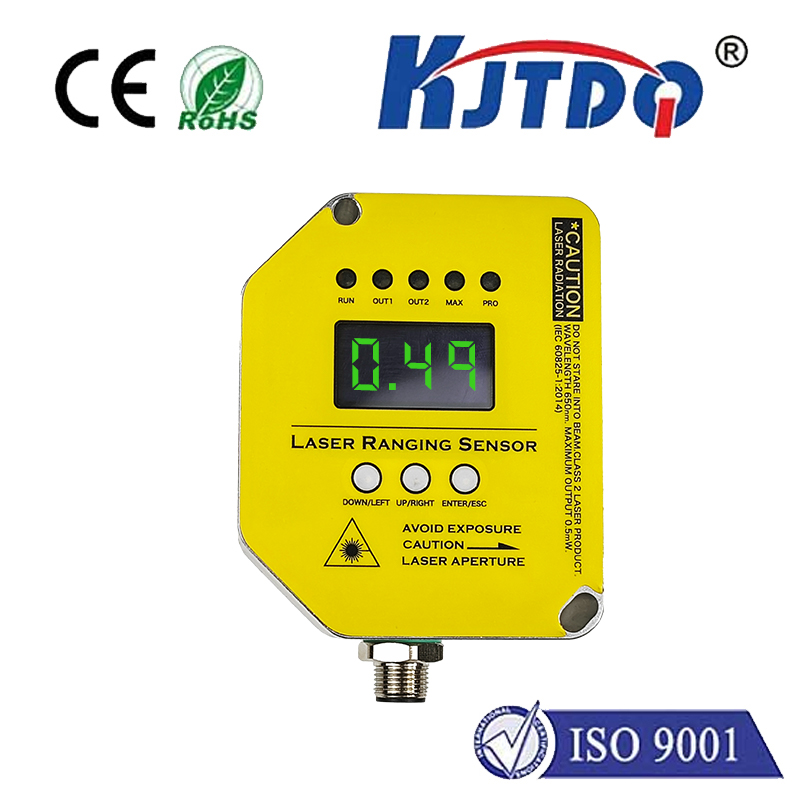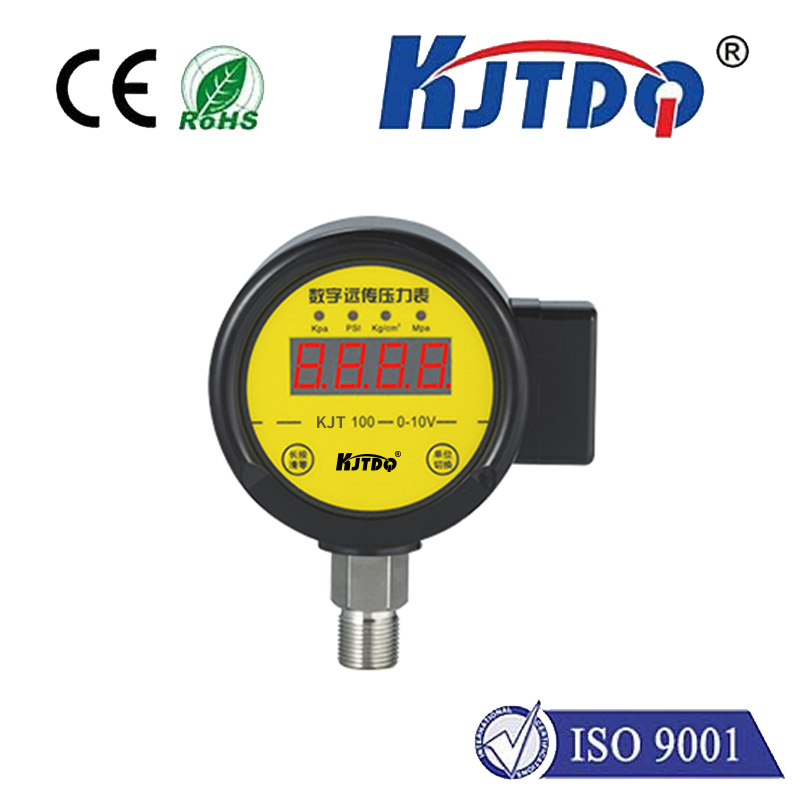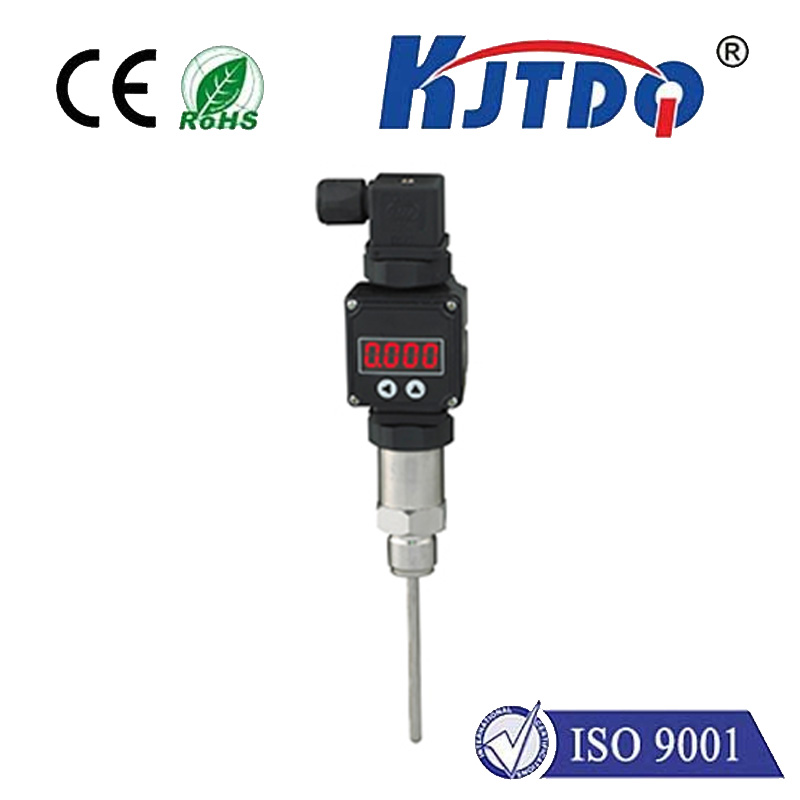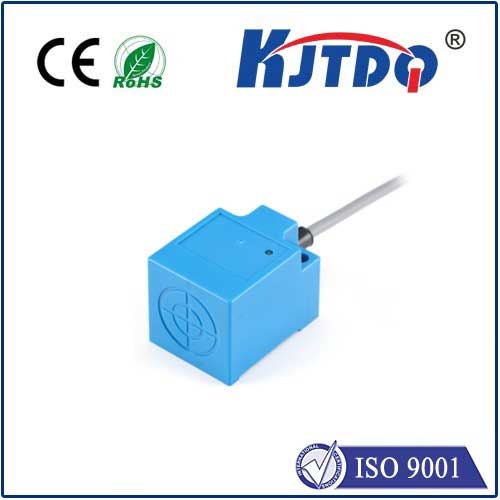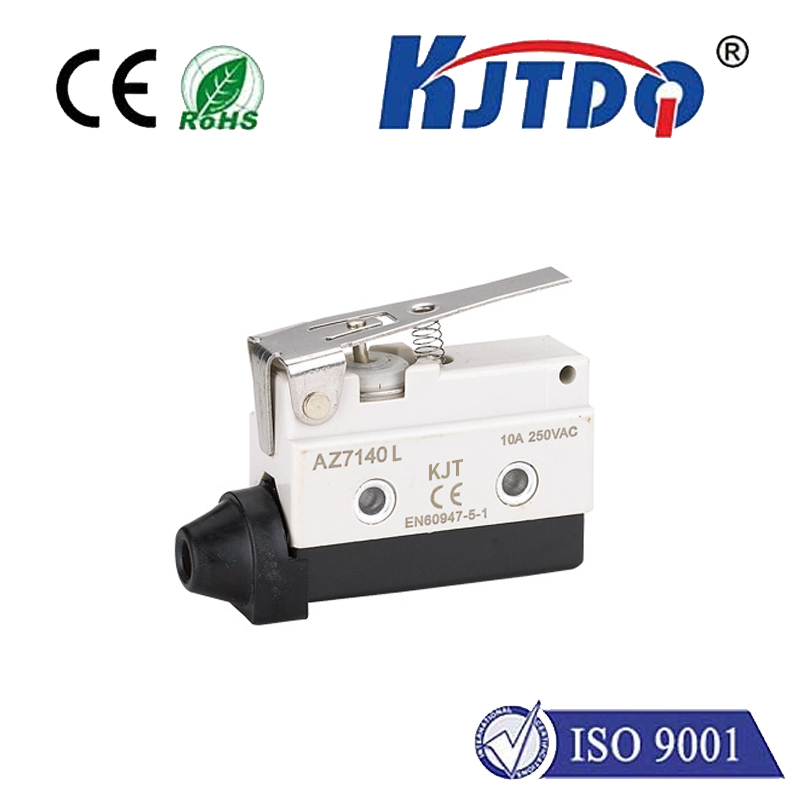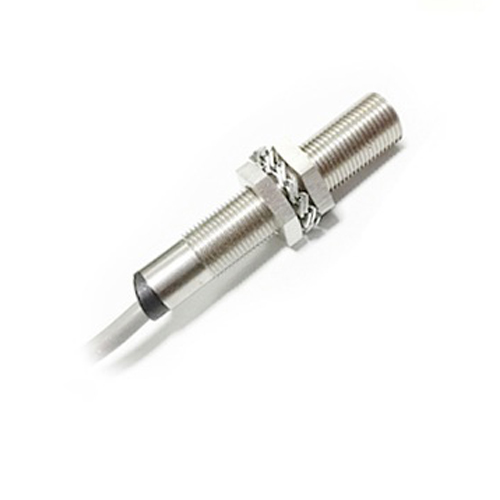wireless temperature
- time:2025-08-21 03:09:49
- Нажмите:0
Unlock Efficiency: How Wireless Temperature Monitoring Revolutionizes Industry and Comfort
Ever unplugged a critical sensor cable by accident while navigating a crowded freezer? Or faced the logistical nightmare of manually checking dozens of hard-to-reach temperature loggers across a sprawling facility? Traditional temperature monitoring methods are often cumbersome, invasive, and prone to costly errors. The advent of wireless temperature technology is fundamentally changing this landscape, offering unprecedented freedom, accuracy, and insight across diverse sectors.
Beyond the Wires: The Core of Wireless Temperature Systems
At its heart, wireless temperature monitoring replaces cumbersome cables and manual checks with networks of compact sensors. These specialized devices feature:

- Integrated Sensors: Highly accurate probes measure ambient or surface temperature.
- Wireless Transmitters: Utilizing robust communication protocols like Wi-Fi, Bluetooth (including Bluetooth Low Energy - BLE), LoRaWAN, Zigbee, or Cellular (NB-IoT, LTE-M), these transmitters send the collected temperature data.
- Gateway/Receiver: This hardware component collects data from multiple sensors within its range and channels it towards the central system, often via the internet.
- Cloud Platform/Software: The true powerhouse. This central hub receives, stores, analyzes, and visualizes the data. It enables real-time monitoring, configurable alerts, historical trend analysis, and reporting, accessible securely from anywhere via web browsers or mobile apps.
The key advantage? Non-invasive, continuous monitoring. Sensors can be placed in previously inaccessible locations – deep within pallets in a freezer, inside sterile environments, on rotating machinery, or across vast outdoor areas – without the constraints or risks of running physical wires. Battery life, often lasting years due to efficient low-power designs and communication protocols like LoRaWAN and BLE, minimizes maintenance downtime.
Transforming Real-World Applications: Where Freedom Meets Precision
The impact of wireless temperature systems is profound across numerous fields:
- Cold Chain & Food Safety: Maintaining precise temperatures is non-negotiable for preserving food quality and safety. Wireless sensors provide real-time visibility throughout storage and transport. Instant alerts for out-of-range conditions allow for immediate corrective action, preventing spoilage, ensuring regulatory compliance (like HACCP, FDA FSMA), and protecting brand reputation. Imagine knowing the temperature history of every vaccine shipment instantly.
- Healthcare & Pharmaceuticals: From ensuring the viability of vaccines and sensitive medications in pharmacies, labs, and research facilities to monitoring patient comfort and critical storage environments (blood banks, tissue samples), wireless temperature monitoring offers unparalleled reliability. It provides audit trails and continuous validation, crucial for meeting stringent GxP regulations.
- Building Management & HVAC: Optimizing energy consumption while ensuring occupant comfort is a constant challenge. Wireless temperature sensors, deployed strategically throughout zones in offices, hotels, or data centers, feed data to Building Management Systems (BMS). This enables smarter, dynamic HVAC control, adjusting heating/cooling based on actual occupancy and need, leading to significant energy savings and improved comfort.
- Industrial Processes & Predictive Maintenance: Temperature is a vital parameter in manufacturing, chemical processing, and energy production. Wireless monitoring tracks critical equipment health (motors, bearings, reactors, turbines). Subtle, abnormal temperature rises detected early can signal impending failure, enabling predictive maintenance to avoid costly unplanned downtime. Monitoring environmental conditions in cleanrooms or hazardous areas is also significantly safer and easier.
The Future: Smarter, Integrated, and Predictive
The evolution isn’t stopping. We’re seeing advancements in multi-parameter sensors (measuring temperature alongside humidity, pressure, vibration), enhanced data analytics powered by AI and machine learning for predictive insights, improved energy harvesting for sensors (solar, thermal), and more resilient mesh networking for robust data paths in challenging environments. Seamless integration with existing SCADA, BMS, ERP, and CMMS platforms is also becoming standard, creating unified operational intelligence.
Выводы
The true power of wireless temperature monitoring emerges not just from eliminating wires, but from the transformative data intelligence and operational freedom it delivers. By enabling real-time visibility, ensuring uncompromised compliance, preventing costly losses, and driving operational efficiencies across healthcare, logistics, manufacturing, and building management, this technology is no longer a luxury—it’s a strategic imperative. Embracing wireless temperature solutions means embracing smarter decision-making, enhanced asset protection, and a significant competitive edge in an increasingly data-driven world.

